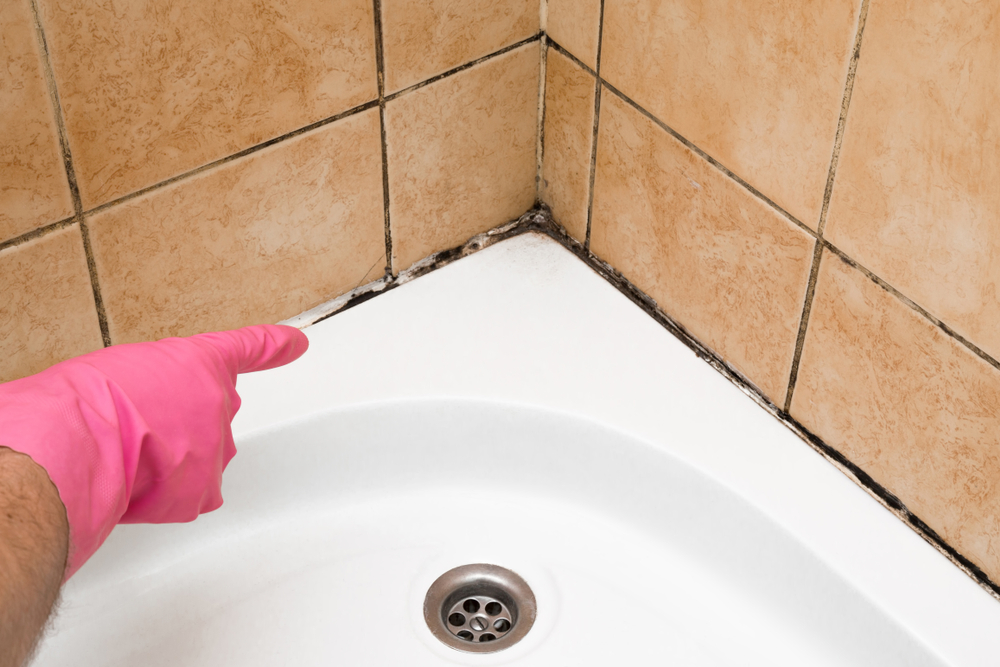If you have a tile surface in any part of your El Cajon home, you should look for mold. Mold can grow anywhere there’s moisture. There are thousands of different species of mold, but when looking at your El Cajon home’s tiles, there are a few common ones to look out for.
Alternaria
Alternaria is found where there’s constant moisture, like in showers and sinks. It has a velvety appearance with brown hairs. This mold can cause respiratory problems in people with allergies and other immune disorders.
Aspergillus
This mold comes in many forms, each with its own toxicity, making it hard to identify. Dark green splotches may be Aspergillus fumigatus, which can cause serious health issues. If you suspect you may have Aspergillus, don’t take any chances.
Chaetomium
This type of mold can show up on ceiling tiles. It loves cellulose, which is a common material found in ceilings. It’s commonly sighted after water damage. This mold starts as small white fuzz but turns bluish-green after a while. It can cause respiratory problems in healthy people and more severe problems in people with respiratory or immune disorders.
Cladosporium
You can find Cladosporium near your sinks in your El Cajon home’s kitchen or bathroom. It’s soft and can range from brown to green. Cladosporium not only irritates the eyes and lungs of humans, but it can affect pets too. A tile and grout cleaning service can still clean non-floor tile, and remove sink Cladosporium.
Penicillium
Penicillium, the mold that we get penicillin from, has several harmful strains. You’re at risk of penicillium after experiencing water damage. But any circumstance where it’s provided with constant moisture gives it ample opportunity to grow. This mold appears velvety and bluish green and causes sinusitis and other allergy symptoms. It can even cause chronic health issues in those with a weakened immune system.
Stachybotrys
Stachybotrys is the dreaded black mold you need to be so careful about. It often starts on wooden surfaces behind the tile before spreading to the tile surfaces. It’s identifiable as black spots that grow over time. Black mold is not as common as other molds that happen to be black, but it’s not entirely uncommon either.
Trichoderma
Trichoderma is found around large amounts of water, like showers and areas affected by water damage. It appears as small patches in shades of white and green. This mold can cause lung infections that can be serious, depending on which strain of Trichoderma you’re looking at.
Ulocladium
This is another mold common after water damage or other constant water flow situations. Check around your showers and sinks for this one. It looks like black mold, appearing as black splotches, but it’s less dangerous. It can still cause respiratory issues in the vulnerable, however.
What To Do About It
Whatever mold you’re looking at, you should deal with it. Even if your El Cajon home’s mold isn’t particularly harmful, it’s a pretty gross sight.
You can call a professional El Cajon tile cleaner to come to your home and steam clean the mold. This removes mold spores from the pores in the tile and grout, destroying them at the root and taking care of your mold problem. A professional knows what to do, so call today.
